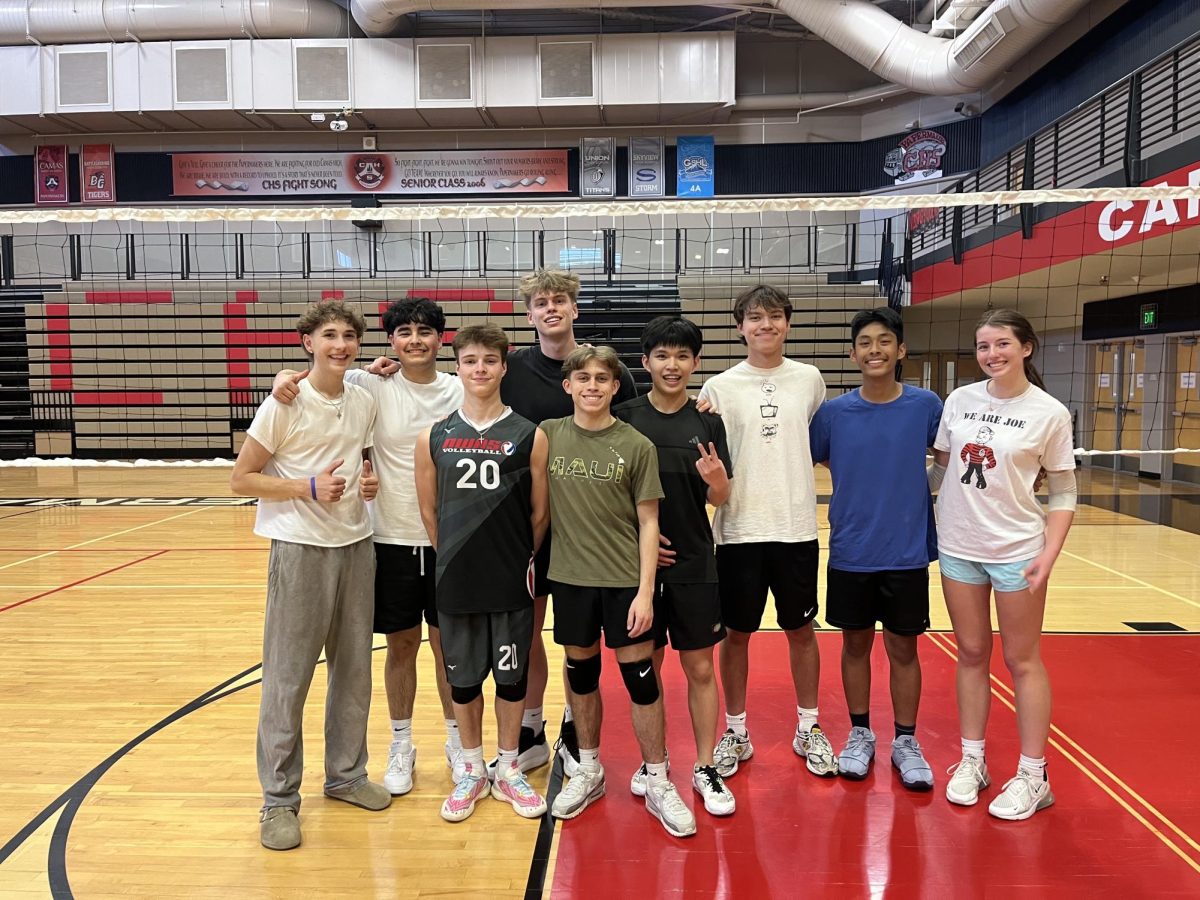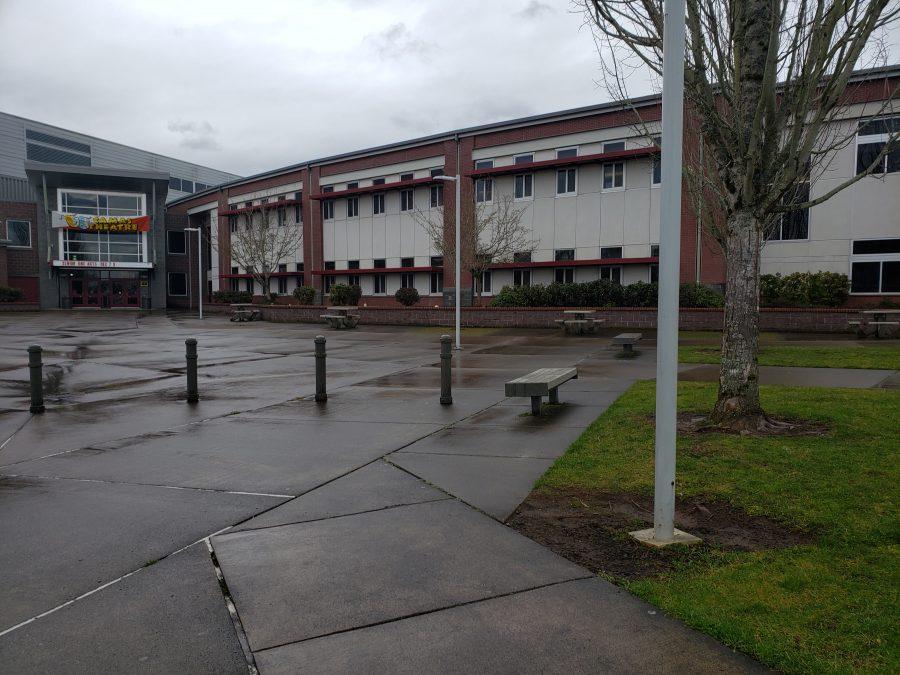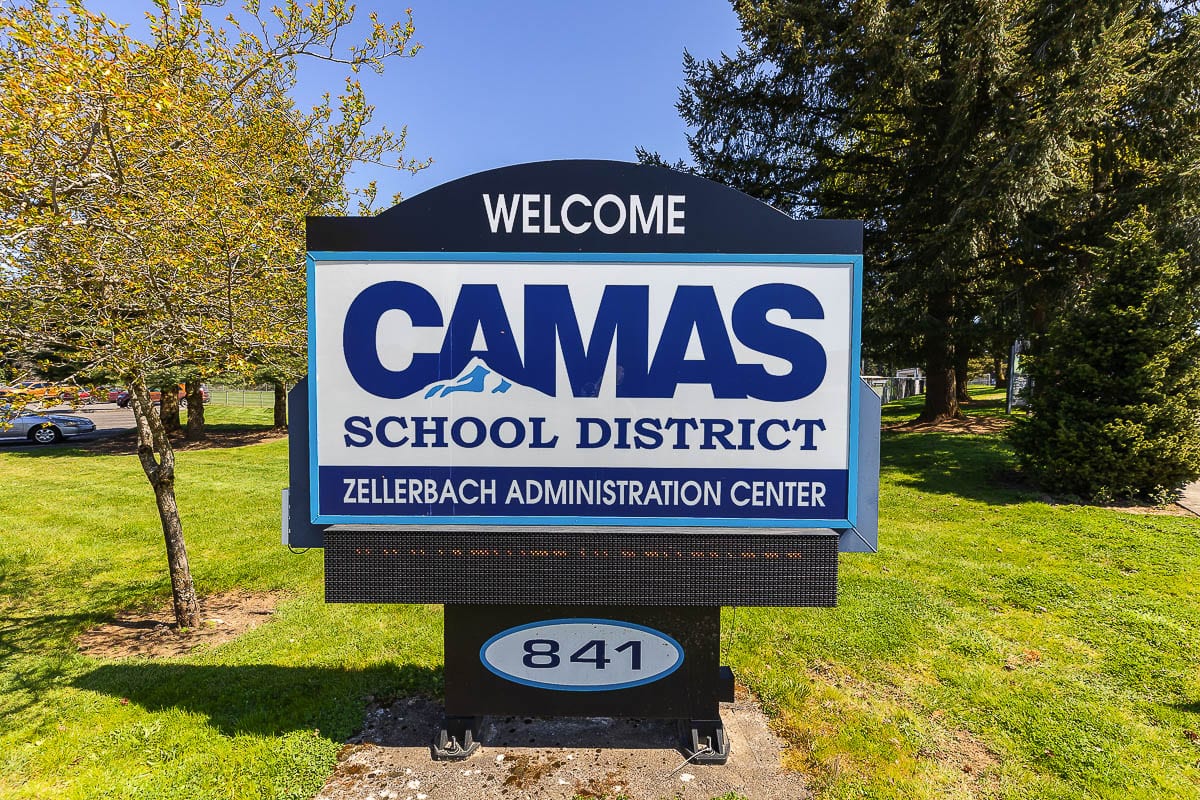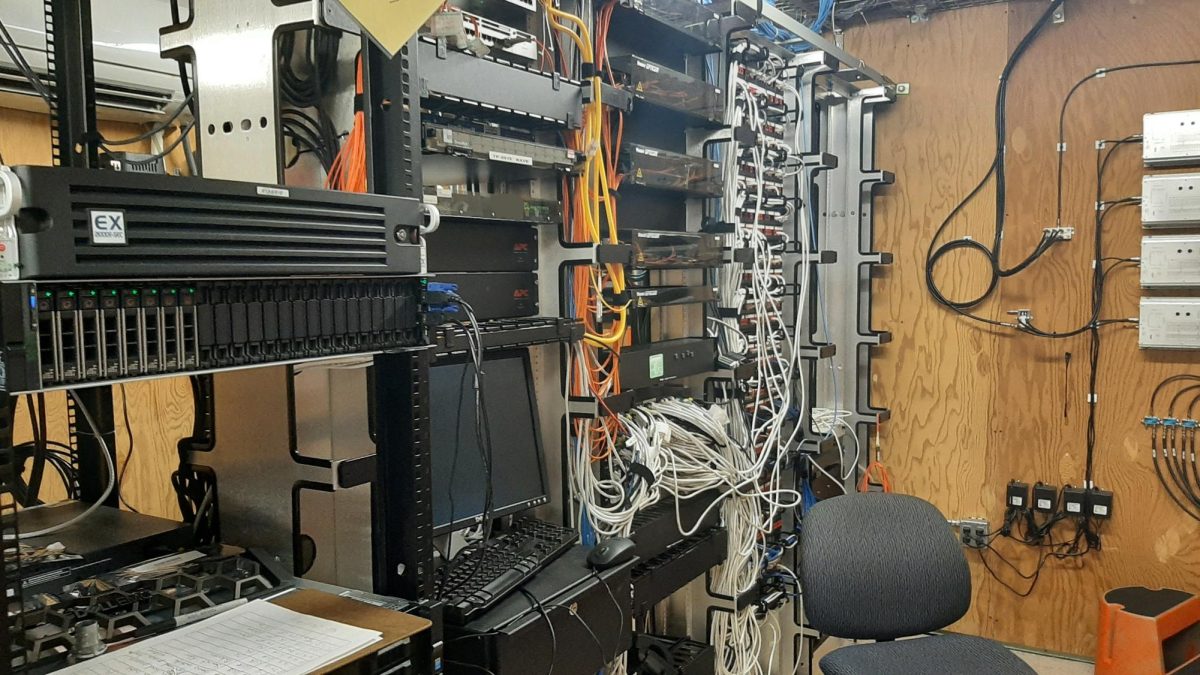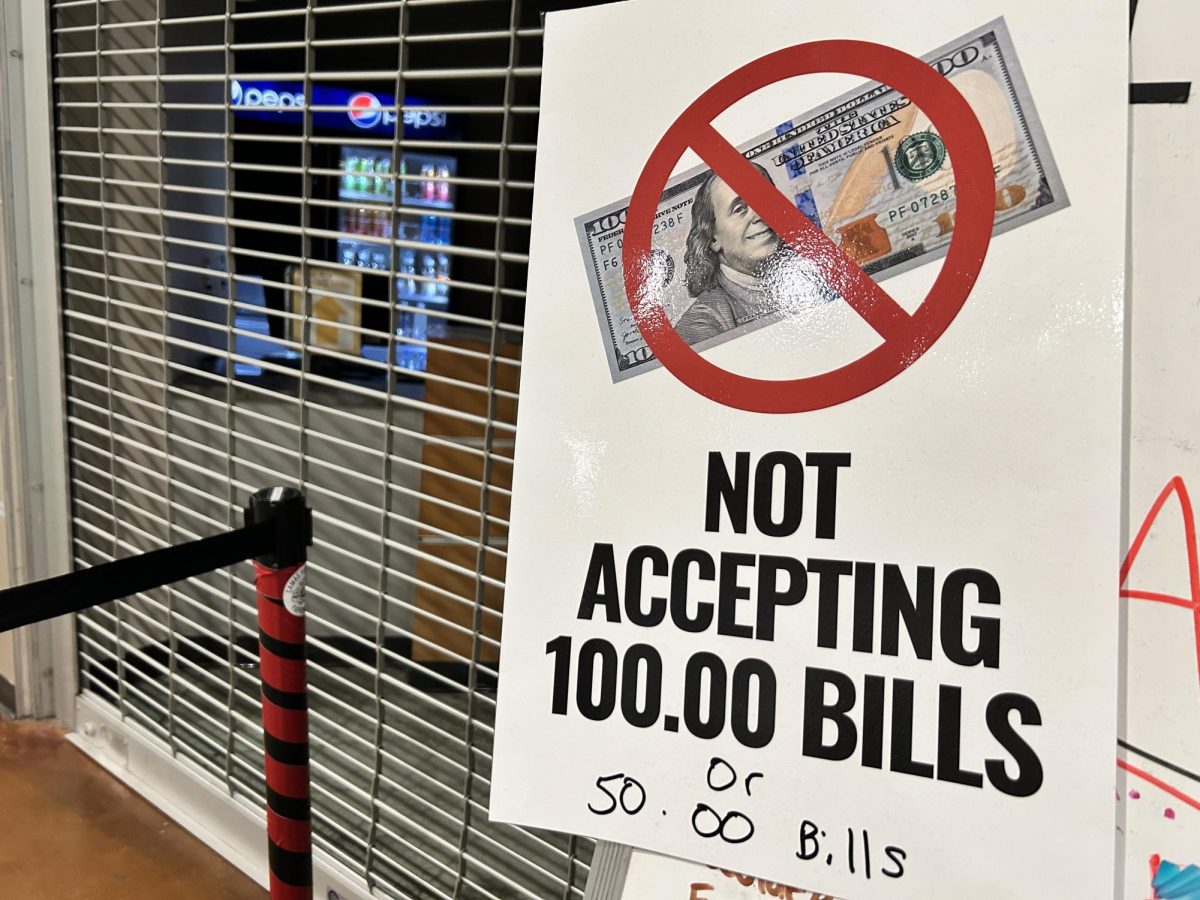During the dawn of public education, farmers needed their children to work the crops during the summer, so schools needed to take a break. Summer vacation is also the cause of the mid-20s lack of air conditioning in school facilities, the fear of summertime disease transmission, and the timeless desire to mimic the vacation habits of the rich.
The most popular form of year-round education is the 45-15 plan, where students attend school for 45 days and then get 15 days off, with the usual holiday breaks are still built into this calendar. Two other ways to organize a school calendar are the 60-20 and the 90-30 plans.
Perhaps, the most important aspect of year-round education is how it is carried out. Schools either operate on a single-track schedule, where all students are on the same calendar and get the same holidays off or a multi-track schedule. The multi-track system has groups of students attending school at different times with different vacations. Multi-tracking is popular as it allows schools to enroll more students than buildings would normally hold.
Dr. Jeff Snell, superintendent of Camas district, explained how they decide when students should have a break. “We have a process where we engage staff to provide input for the calendar. We then try to coordinate with other school districts, and finally, our school board adopts a calendar. We have to meet requirements for minimum hours and days and also try to build in some dates for snow days.”

A year-long school schedule has always been a controversial topic, so here are some benefits to the argument. Students tend to forget a lot during summer break, so a shorter break from school might increase retention rates. Using a school year-round is a more efficient use of school space; otherwise, buildings are unoccupied during the summer. Remediation can occur when it is most needed during the school year.
Wealthy parents can afford to give their children all sorts of educative summer experiences that downscale parents cannot. And this, as researchers at Johns Hopkins have found, leads to backsliding: Educational advancement across classes tends to be fairly even during the school year. Downscale students actually decline in educational achievement over the course of the summer, while upscale students remain relatively stable.
However, there are downsides to a year-round school year, other than many students’ dread for working during the summer. Bands and other extracurricular programs suffer from problems with scheduling out-of-school practices and competitions. If an entire district does not adopt a year-round calendar, parents could have students at different schools at different schedules. Although it has been said that students remember what they’ve been taught, studies have been inconclusive to its academic benefits.















